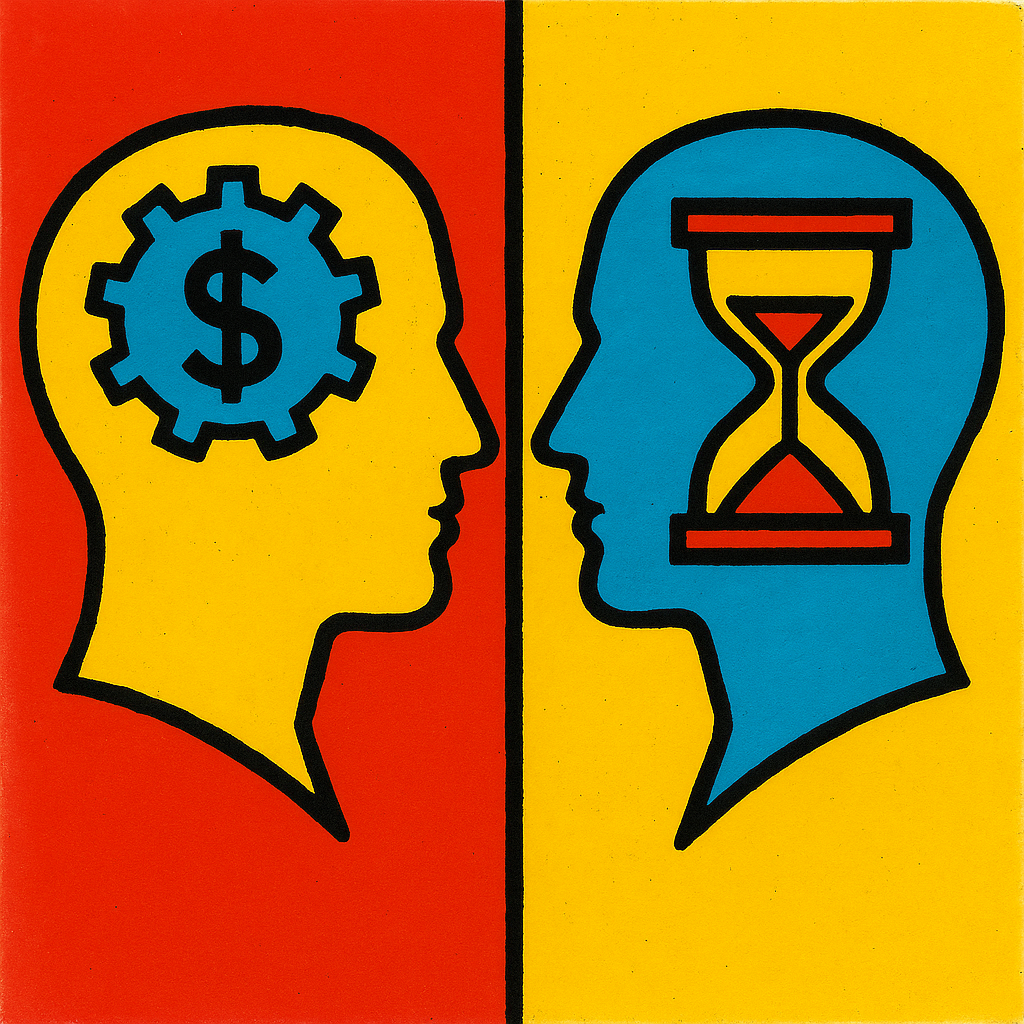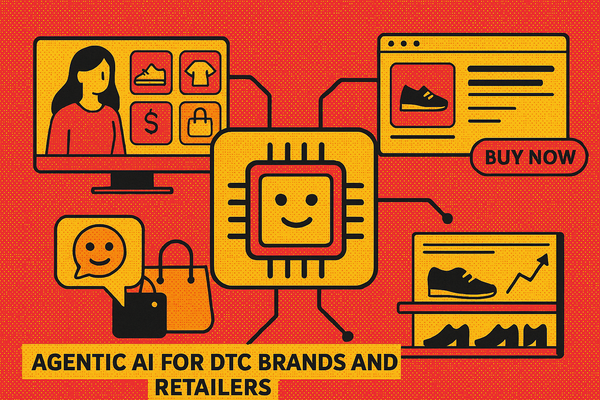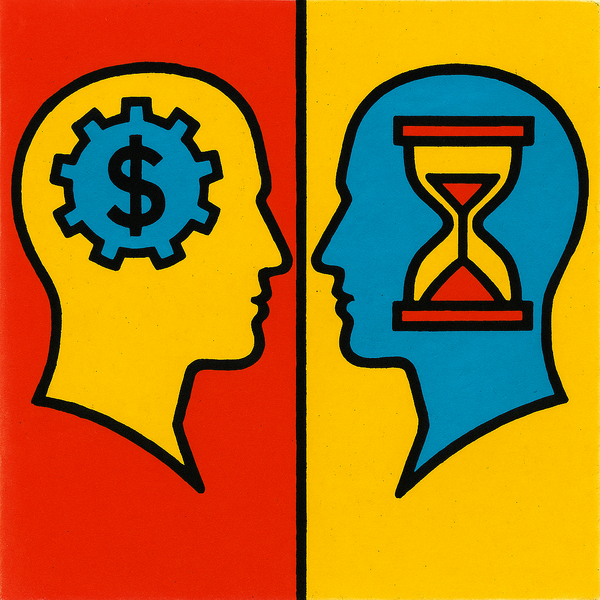Fashion often talks about “seasons,” but when it comes to AI, the real game is about timing. The companies that begin their AI strategies today will not just be a season ahead, they will be permanently ahead. Every quarter of delay is not simply a missed pilot. It is a lost year of organizational muscle memory, insights, and compounding ROI that competitors are capturing while you stand still.
McKinsey’s State of AI 2023 shows that early adopters capture significantly more value than late entrants, often up to 20 percent more, because experience compounds. AI expertise behaves like compound interest. A footwear brand that starts with small pilots today, such as automating reporting or testing demand forecasting, will have sharper models, cleaner data pipelines, and AI-literate teams a year from now. A competitor that waits twelve months is walking into the gym for the first time while their rival has already trained daily. Catching up is not just difficult, it is close to impossible.
This dynamic is especially acute in fashion and footwear, where speed, personalization, and supply chain agility separate winners from the rest. Nike began embedding predictive analytics into its merchandising years ago, giving it a more precise read on consumer demand. That edge did not happen overnight. It came from years of experimenting with digital channels, data, and AI-powered insights. Today, that advantage shows up in higher full-price sell-through, stronger inventory turns, and a digital business that is increasingly central to its market leadership. In recent years Nike has also launched innovative digital marketing campaigns, integrated social and digital experiences, and leveraged emerging technologies to personalize the customer journey and maintain its dominance (Agility PR, 2025).
Starbucks provides another clear example. Its Deep Brew platform began as small pilots in demand forecasting and personalized offers. Over time it scaled into an intelligence engine that powers inventory optimization, labor scheduling, and customer engagement across thousands of stores. What began as a few targeted experiments evolved into a platform that delivers enterprise-wide profit. Research published on SSRN highlights how Deep Brew has improved operational efficiency, enhanced customer personalization, and strengthened Starbucks’ competitive positioning over time (SSRN, 2024).
MIT CISR research reinforces that AI success depends as much on organizational readiness as it does on technology (MIT CISR, 2024). The Enterprise AI Maturity Model maps four stages of progress based on a survey of more than 700 companies. It finds that financial performance improves with each stage of maturity and highlights the capabilities required in processes, culture, data, and skills. Hiring expert leaders later does not shorten this journey. The organization still needs to live through the trial, error, and iteration that build trust and expertise.
For footwear and fashion brands, the opportunity cost of waiting is steep. Imagine two competitors. One begins today by training a cross-functional team on AI-driven personalization and pricing. A year later, that team has learned how to integrate Shopify, Salesforce, or SAP data into machine learning workflows. They have tested dozens of models, refined attribution, and earned executive trust in AI recommendations. The competitor that waits a year may hire strong leaders, but the organization is still twelve months behind in adoption, training, and confidence.

Recent studies show only about 8 percent of companies report being in a stage where AI adoption drives major business transformation (Protiviti, 2025). Many are still in experimentation or early adoption phases. That means most businesses risk being permanently outpaced if they delay too long (Protiviti, 2025).
Even small steps matter. Automating SKU-level reporting, piloting AI-powered demand forecasting, or testing customer service chatbots are not trivial projects. They are repetitions that build strength. These early moves create the reflexes needed for larger wins such as AI-driven design insights or full supply chain optimization.
The reality is simple. In fashion and footwear, the cost of inaction is not just falling behind. It is handing competitors a permanent head start on the next era of growth. The real ROI of AI comes from compounding, and the only way to start compounding is to begin today.




0 comments